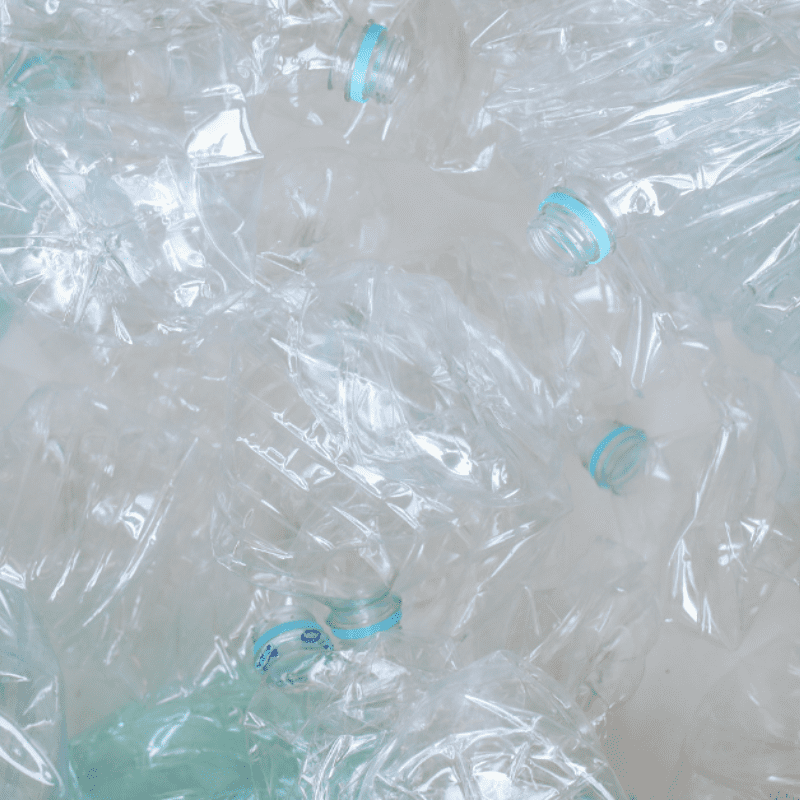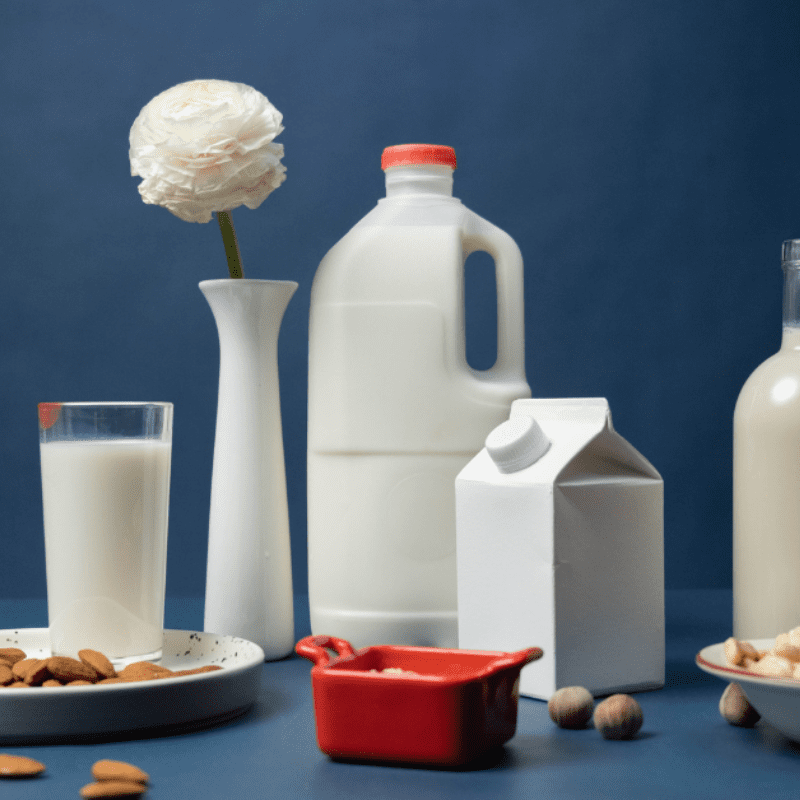Not all plastics disintegrate at the same time. Some take longer than others. It depends on the type of plastic and also on the type of treatment they get once they’re done being of use. So, Bottleless Nation is taking you down a path to explore the different types of plastics and their varying rates of disintegration.
1. Polypropylene (PP)
Polypropylene is one of the most common plastics in the world. It is used in a wide range of products, including plastic bottles, food storage containers, and packaging for food products. Many products use this because it has high strength and resistance to heat, cold, chemicals, and most other types of damage. However, it is not resistant to moisture or oxidation and can be damaged by sunlight and some chemicals.
Polypropylene does not contain any toxic materials and can be recycled in many ways, including recycling into new products or feedstock for other types of plastic production. However, to recycle this plastic, it has to be heated up to a melting point above 260°C. This separates it from other types of material during processing at recycling facilities.
Once it ends up in landfills, however, these kinds of plastics will take around 20 – 30 years before they completely break down.


2. Polyvinyl Chloride (PVC)
PVC is used plastic in many applications, including pipes and siding. It comprises two different types of plastic materials: polyvinyl chloride (PVC) and vinyl chloride monomer (VCM). And it is highly resistant to chemicals, corrosion, and many other forms of damage. It is also resistant to heat and can be used in applications where temperatures reach high levels.
Like polypropylene, PVC can be recycled in many ways, including feedstock for other types of plastic production. It is easier to recycle than polypropylene because its melting point is lower (around 160°C). However, PVC also contains toxins such as lead and cadmium, which can be released during the recycling process and are harmful to the environment.
As for its breakdown, this plastic takes hundreds of years to completely disappear. It takes more than 450 years to be exact. That’s because it’s resistant to chemical breakdown and oxidation. A certain type of fungus or thermal degradation can be used, however, to quicken up the process.
3. High-Density Polyethylene (HDPE)
This type of plastic is derived from ethylene gas and is incredibly durable and impact resistant. It’s commonly used in milk jugs, juice bottles, and shampoo bottles, among other items. HDPE is highly recyclable and can usually be recycled up to 10 times before it needs to be disposed of. Much like PVCs, this type of plastic also takes more than 450 years to completely break down.
4. Low-Density Polyethylene (LDPE)
This type of plastic is made from ethylene gas and has a lower melting point than HDPE. It’s commonly used to produce plastic grocery bags, bread bags, and other thin but strong packaging materials. LDPE can be recycled up to 5 times before it needs to be disposed of. However, it takes about 100 years to break down naturally.
5. Polystyrene (PS)
Polystyrene is a petroleum-based plastic that is made up of styrene molecules. It’s commonly used to produce food packaging, foam cups and utensils, and packaging foams. Polystyrene is non-toxic and has excellent insulation, impact resistance, and rigidity.
However, it takes about 500 years for polystyrene to break down naturally, making it one of the least environmentally friendly types of plastic. It also has a high melting point (around 240°C), making it difficult to recycle in many cases. If it is recycled, polystyrene can be used as a feedstock for other types of plastic production.


Tips to Reduce Your Plastic Consumption
Now that you know the common types of plastic and their rate of disintegration, it’s time to take action to reduce our plastic footprint. Here are some simple steps that you can take:
Don’t Use Plastic Straws
They don’t biodegrade and can take hundreds of years to decompose. Plus, straws are unnecessary, so why not just skip the conventional plastics? You can simply sip your drinks from the cup or use reusable straws that you can take everywhere with you.
Bring Your Own Shopping Bags
Opt for reusable shopping totes or cloth bags when you’re at the grocery store. This will help reduce plastic waste and save money too!
Recycle Your Plastic Bottles
The best way to do this is by bringing them to an authorized recycling center, where they will be separated into different categories and sent on their way to new products or even turned into fuel for cars.
Use Reusable Containers for Taking Out Drinks From Restaurants
You’ll save the environment by not using plastic bottles or foam cups, but you’ll also save yourself a few bucks in the process. These containers also come in handy for leftovers too.
Reuse and Repurpose Plastic Whenever Possible
Instead of throwing away plastic items, why not find a creative way to reuse them? There are plenty of projects online that can show you how to do this. For example, you can use plastic bottles to make bird feeders or create a flower garden in old milk jugs.
Work With Bottleless Nation to Help Reduce Plastic Waste
Bottleless Nation is dedicated to reducing plastic pollution and creating a healthier, more sustainable environment. We provide resources, education, and advocacy to empower people worldwide with the knowledge and tools necessary for making conscious decisions about plastic consumption.
We also work with bottleless water and ice dealers nationwide to reduce plastic waste by providing an eco-friendly alternative to single-use plastics. Our mission is to help create a world without plastic pollution, and we work hard to ensure that everyone has access to clean, healthy drinking water without using single-use plastics.
If you’re looking for a way to reduce your plastic footprint, consider working with Bottleless Nation. Contact us today to learn how we can help you reduce plastic waste and create a better future!


